Birds have brains the size of a nut and might not be the most intelligent creatures. With over 11,000 bird species worldwide, scientists only find a few to be brilliant. So, which birds are the smartest in the world?
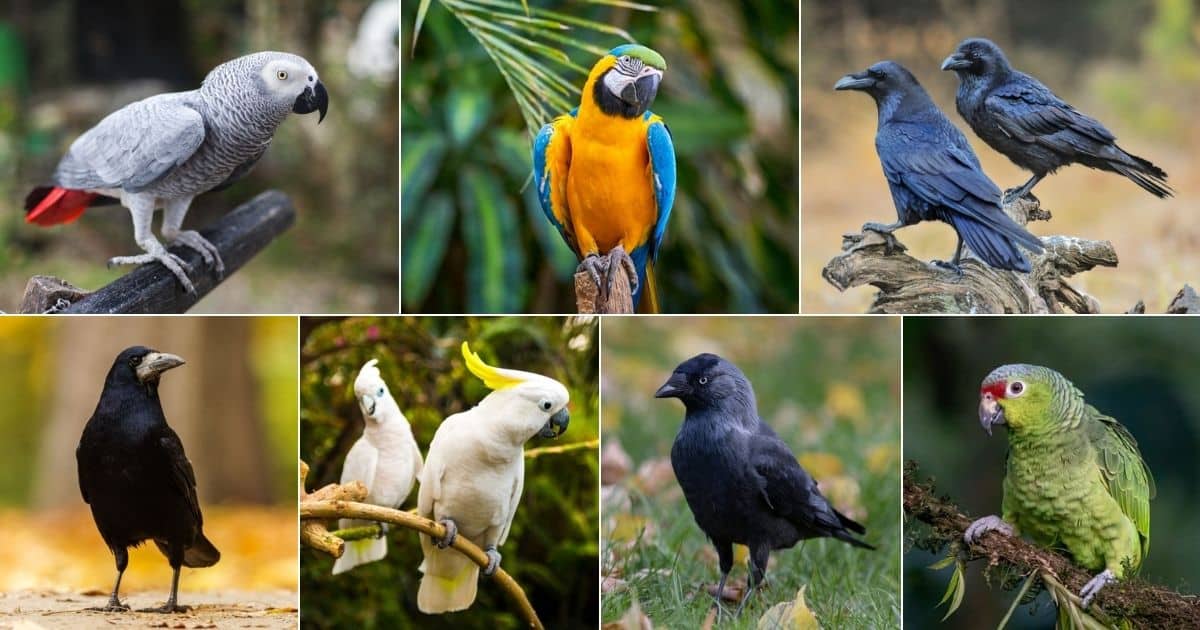
The world’s most savvy birds are crows and ravens. These birds, which belong to the Corvidae family, can recognize human faces, make and use customized tools, and reason well. They owe all these to their long childhoods, like human beings.
Read on to discover more about intelligent birds.
Contents
Smartest Birds in the World
- Ravens
- Crows
- African Grey
- Kea
- Amazon Parrots
- Macaws
- Cockatoo
- Blue Jays
- Woodpecker Finch
- Clark’s Nutcracker
- Rook
- Western Scrub Jay
- Red-Billed Chough
- Jackdaw
- Magpie
- Budgerigars
- Conures
1. Ravens
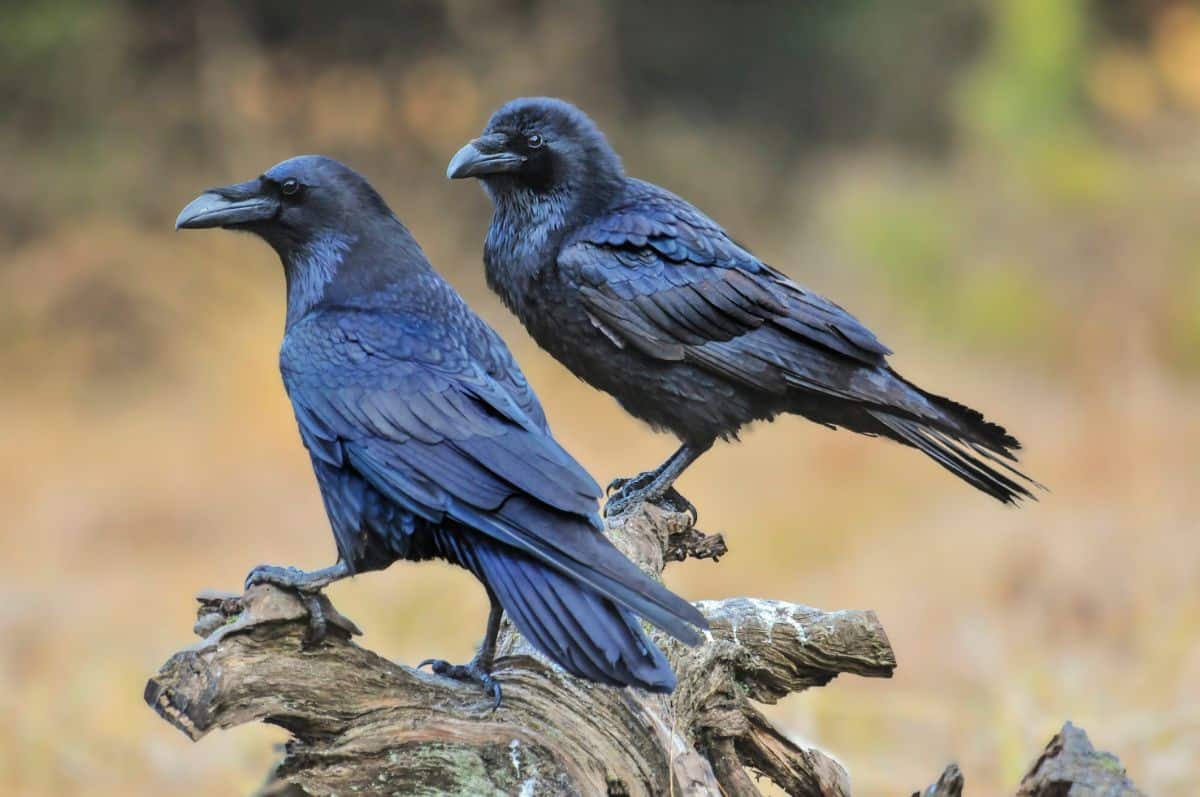
- Scientific Name: Corvus corax
- Length: 21–26 inches
- Wingspan: 45–51 inches
- Weight: 0.69–2 kg
- Lifespan: 10–15 years
- Family: Corvidae
Ravens are among the smartest birds. Ravens can solve complicated puzzles, understand a cause, and even pre-plan their duties. They use gestures and point out things to communicate with each other.
These birds also go out in pairs in the hunt for food. As one raven distracts the prey, the other grabs its chicks or eggs from the nest.
A video of a raven solving a puzzle to get food:
2. Crows
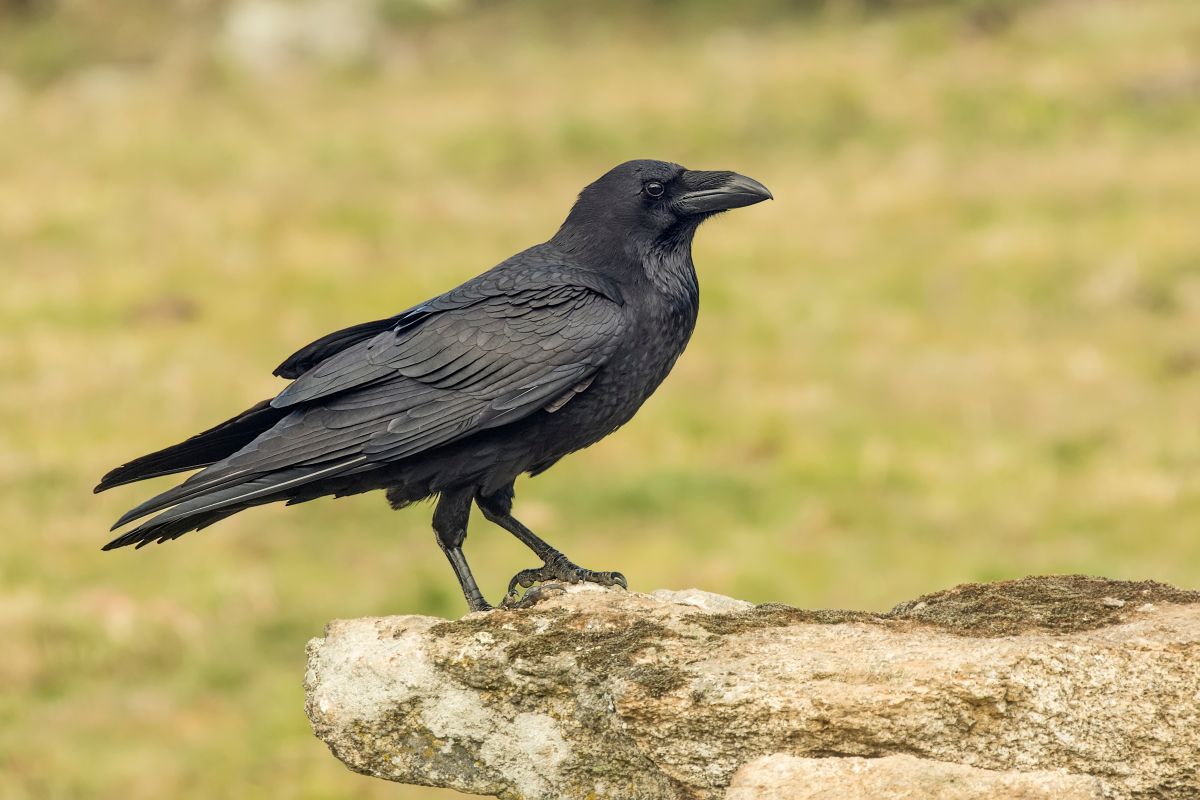
- Scientific Name: Corvus genus
- Length: 40–53 cm
- Wingspan: 85–100 cm
- Weight: 320–620 grams
- Lifespan: 8 to 10 years
- Family: Corvidae
Crows are naughty, playful, and intelligent birds. Scientists believe these feathered animals are as intelligent as seven-year-old children.
These birds can reason, solve complex puzzles, memorize human faces and respond to them, count up to five, customize tools, and understand a cause.
A crow solving a problem to reach food:
3. African Grey
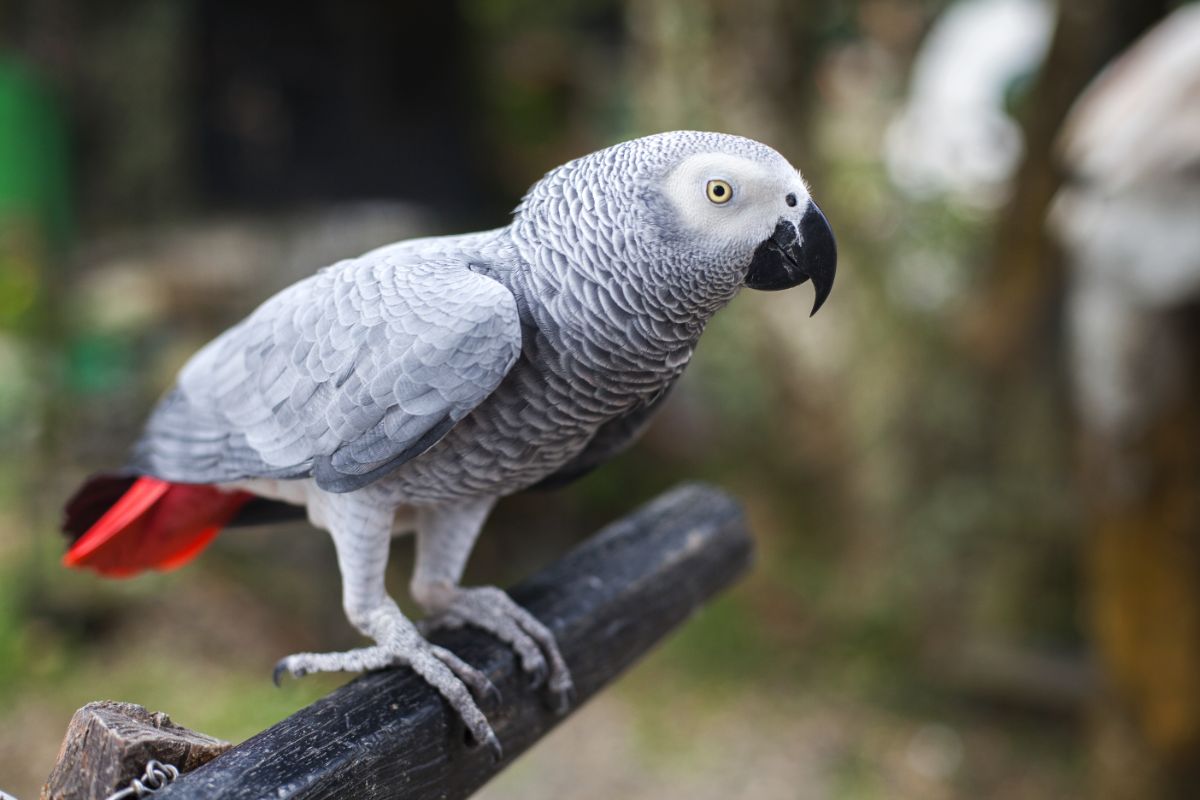
- Scientific Name: Psittacus erithacus
- Length: 33 cm
- Wingspan: 18–20 inches
- Weight: 400 grams
- Lifespan: 23 years
- Family: Psittacidae
African grey parrots are best known for mimicking human words. They’re loving, helpful, and friendly. These birds can tell when a fellow animal is in trouble, offer their help, and figure out where you’ve hidden food.
Alex, a famous African grey parrot, learned and mastered over 100 words and could answer simple questions.
African grey talking:
4. Kea
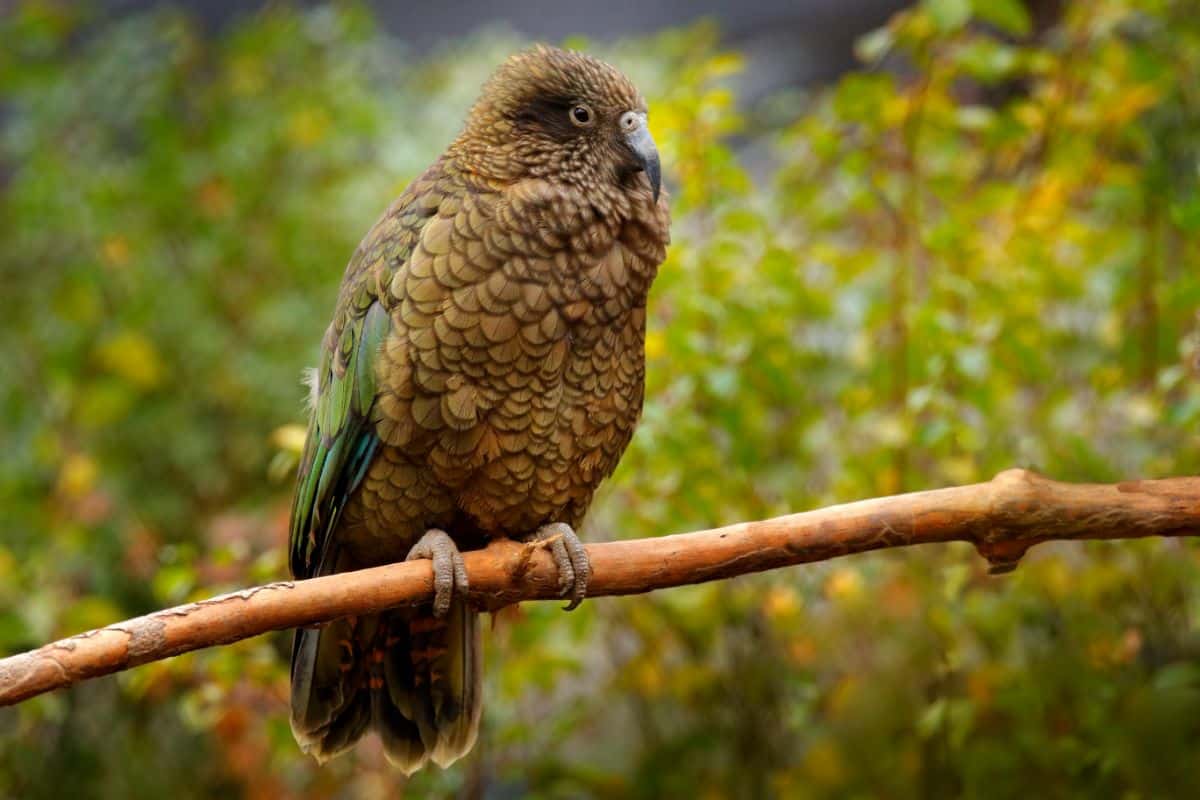
- Scientific Name: Nestor notabilis
- Length: 46–50 cm
- Wingspan: 1m in flight
- Weight: 870 grams
- Lifespan: At least 30 years
- Family: Nestoridae
Which birds are the smartest? The answer could be Kea birds. Kea birds are as intelligent as primates and four-year-old humans. These birds don’t talk but can make and use tools to pick insects, nectar, and berries. Kea birds can solve logical problems to get their food.
Kea solves a puzzle:
5. Amazon Parrots
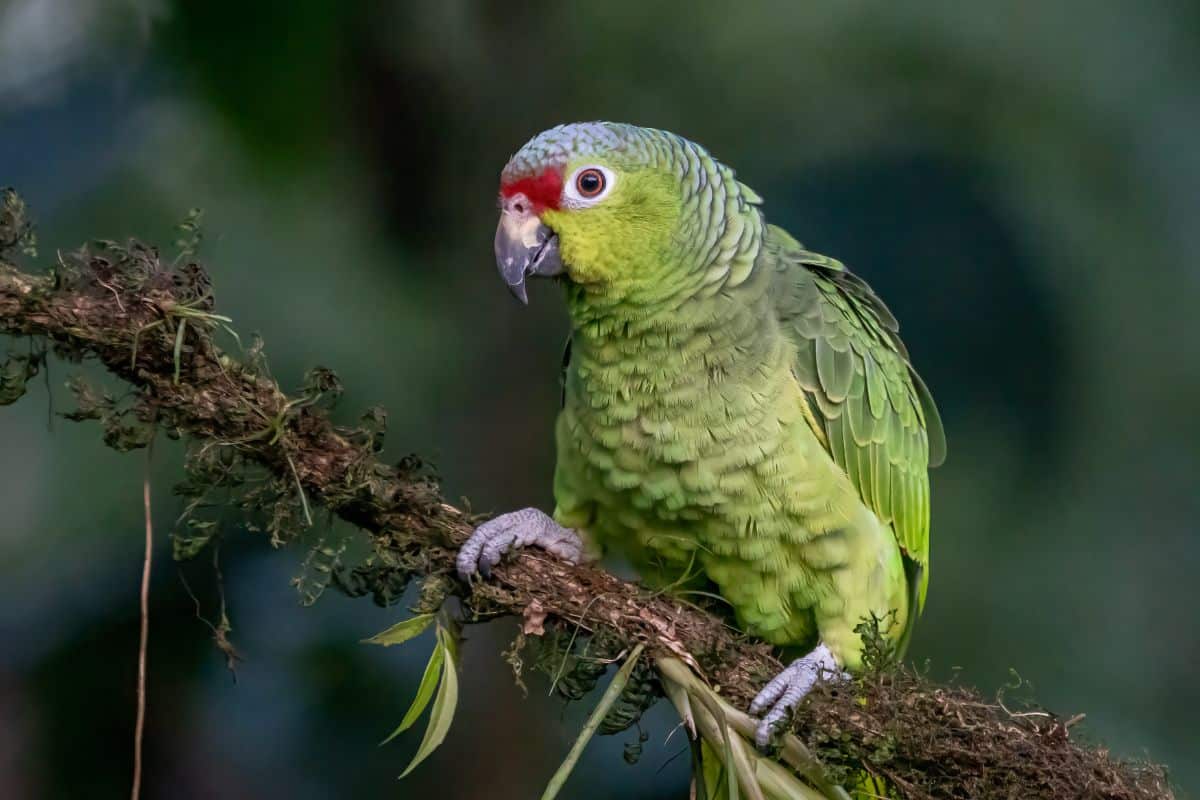
- Scientific Name: Amazona
- Length: 23–45 cm (9–17 3⁄4 in)
- Wingspan: 8–11.26 inches
- Weight: 430 grams
- Lifespan: 40–70 years
- Family: Psittacidae
Amazon parrots are curious, talkative, affectionate, and quite smart. They can learn a volume of vocabulary and mimic human voices. They’re, however, prone to behavioral problems if not well socialized. These parrots adapt well to their cages when kept in captivity.
Talking Amazon Parrot:
6. Macaws
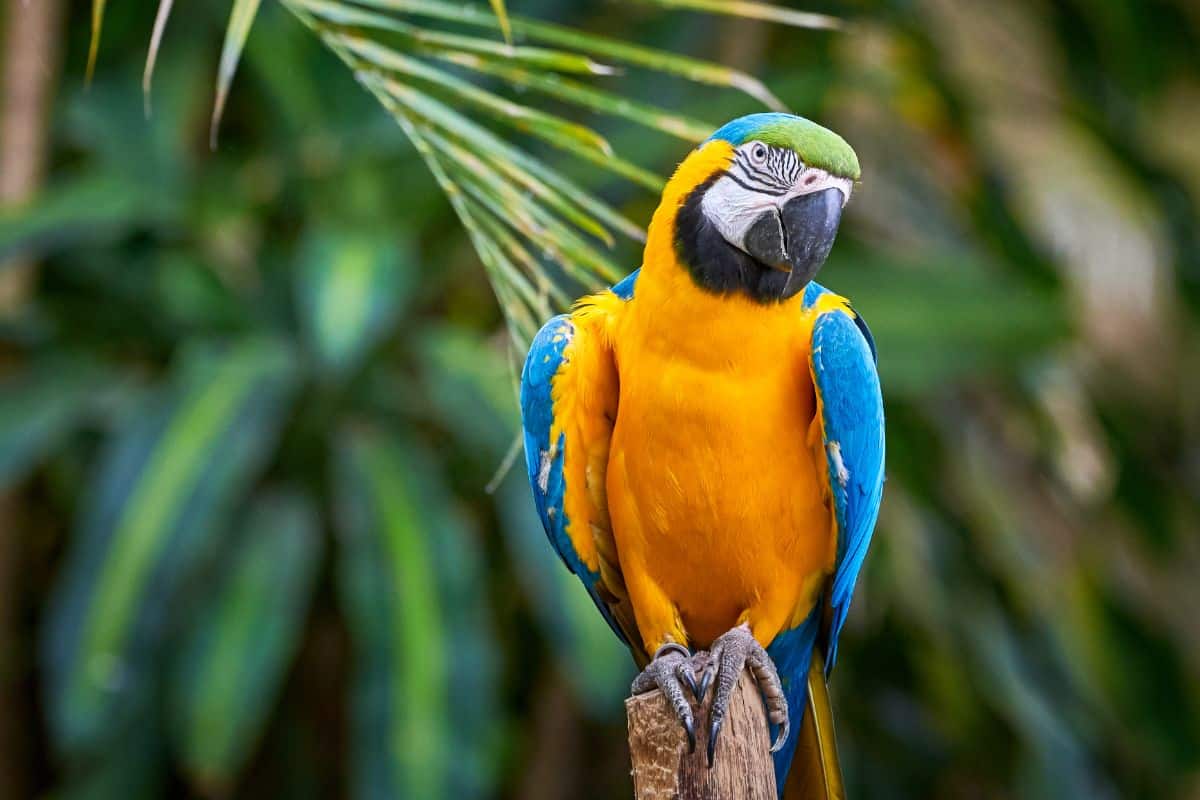
- Scientific Name: Ara
- Wingspan: 41 to 45 inches (102 to 112.5 cm)
- Weight: 0.09–1.5 kg (Blue and Yellow Macaw)
- Lifespan: 50–75 years
- Family: Psittacidae
Macaws are not only bright but beautiful. The largest ones are blue and gold-feathered, full of fun personalities.
Macaws can use tools, solve problems, communicate with other birds, and show facial expressions like blushing.
Macaws training:
7. Cockatoo
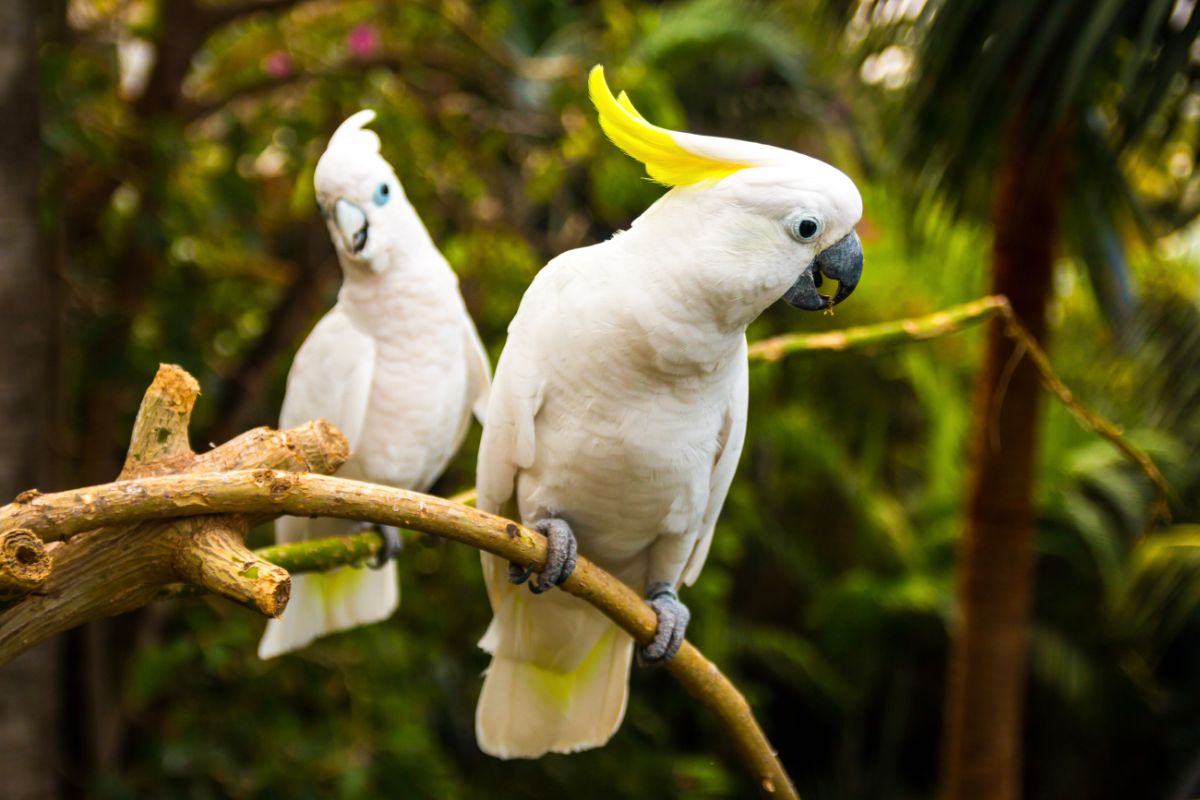
- Scientific Name: Cacatuidae
- Length: 30–60 cm (12–24 in)
- Wingspan: 22 inches
- Weight: 300–1,200 grams (0.66–2.65 lb)
- Lifespan: 50–70 years
- Family: Cacatuidae
When it comes to cognitive abilities, cockatoos are good. These birds can speak and imitate a wide variety of speech and sounds.
A test on Goffin’s cockatoos revealed that they could wait for up to 80 seconds for preferred food quality and another 20 seconds for more food. They could resist the temptation of immediately eating the food in front of them, a test that most children will fail. Cockatoos can also make musical instruments using seed pods and twigs.
Moluccan Cockatoo clever footage:
8. Blue Jays
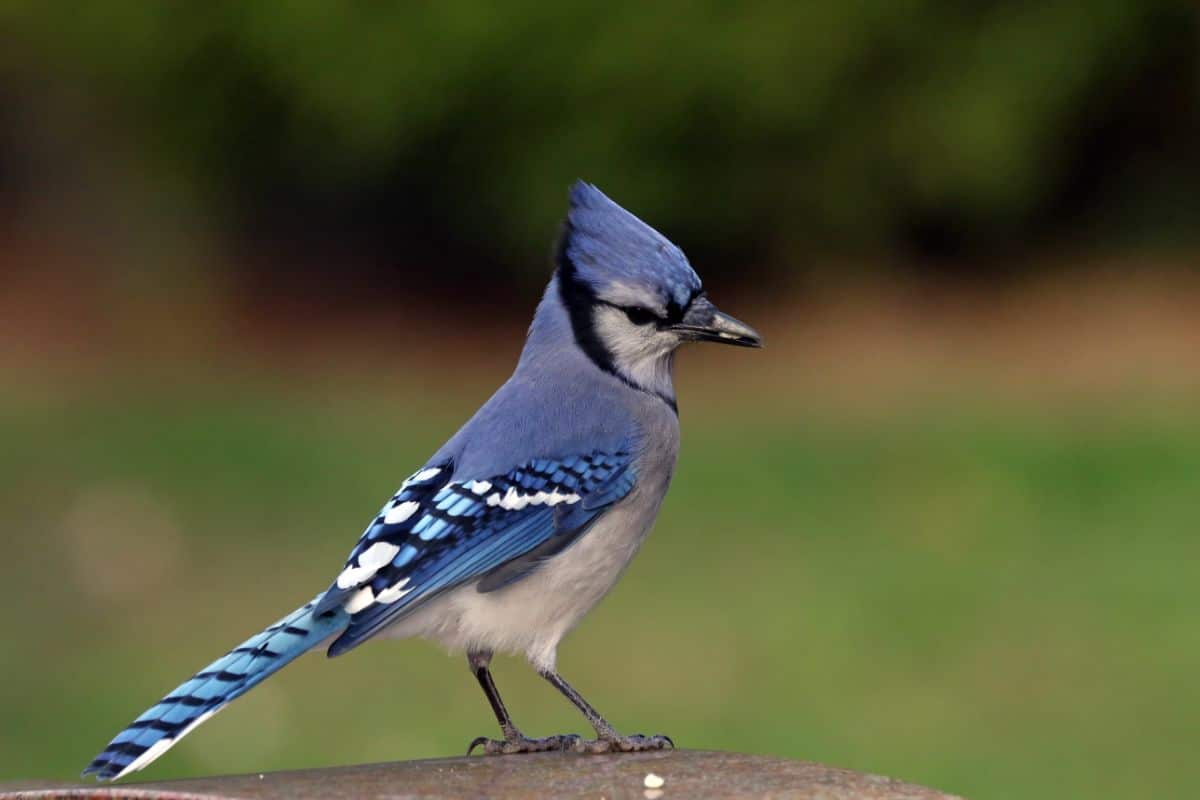
- Scientific Name: Cyanocitta
- Length: 9–12 inches
- Wingspan: 13–17 inches (34–43 cm)
- Weight: 2.5-3.5 oz (70–100 g)
- Lifespan: 2 to 4 years in the wild and up to 9 years in captivity
- Family: Corvidae
Blue jays can mimic various sounds and use a hawk call sound to warn other birds of possible dangers. These clever birds also know how to use tools to reach food.
Reasons to keep Blue Jays:
9. Woodpecker Finch
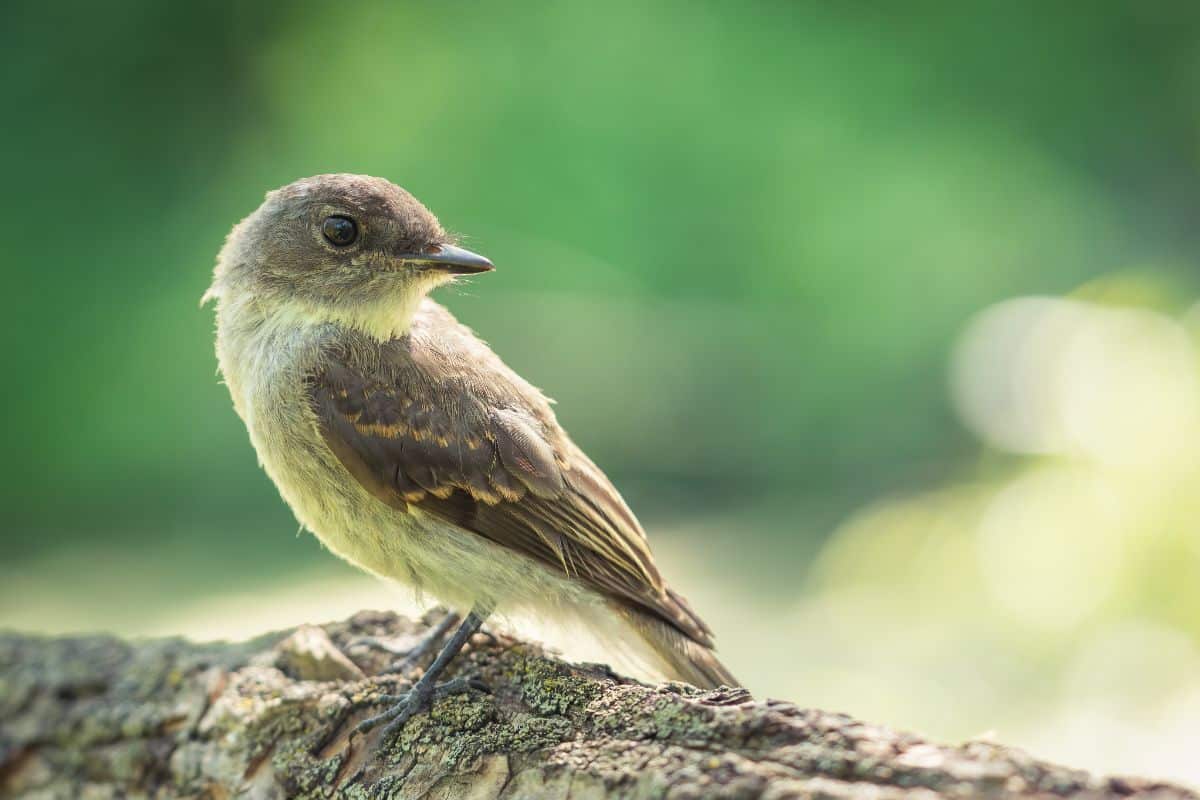
- Scientific Name: Camarhynchus pallidus
- Length: 15 cm
- Weight: 23–29g
- Lifespan: 15–20 years
- Family: Thraupidae
The woodpecker finch has a small beak but uses it intelligently to get food from trees. The beak breaks open the tree’s surface skin and then utilizes a tool to reach grubs and worms inside the tree. These birds acquire their excellent tool used for social learning.
Woodpecker finch using tools to get food:
10. Clark’s Nutcracker
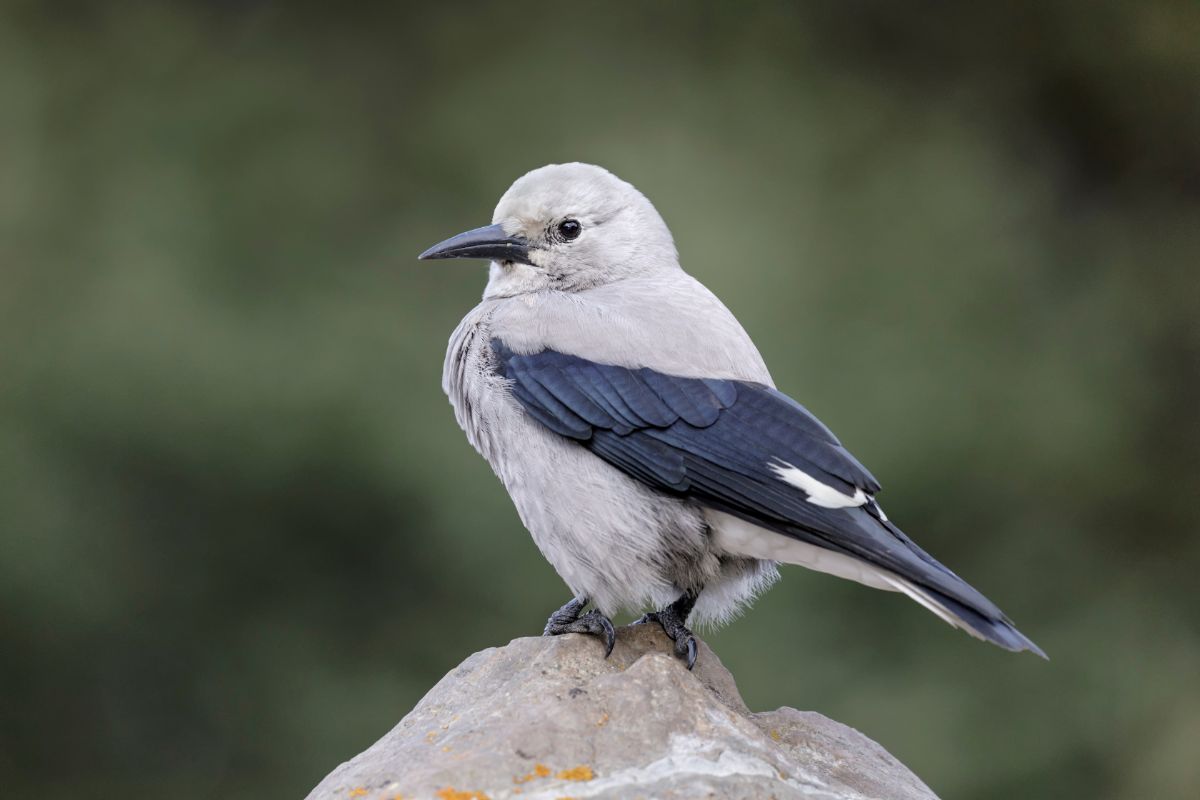
- Scientific Name: Nucifraga columbiana
- Length: 27 to 30 cm
- Wingspan: 24 inches
- Weight: 106 to 161 grams
- Lifespan: 17 years
- Family: Corvidae
The Clark’s nutcracker collects and stores up to 30,000 pine seeds in readiness for the winter season. The bird buries and hides food in different locations, each hole with about three seeds.
That’s at least 10,000 locations to remember when winter comes. How great is their memory, especially with the change in the landscape due to snowfall? They simply use landmarks to recall where they hid seeds.
Clark’s Nutcracker foraging for pine nuts:
11. Rooks
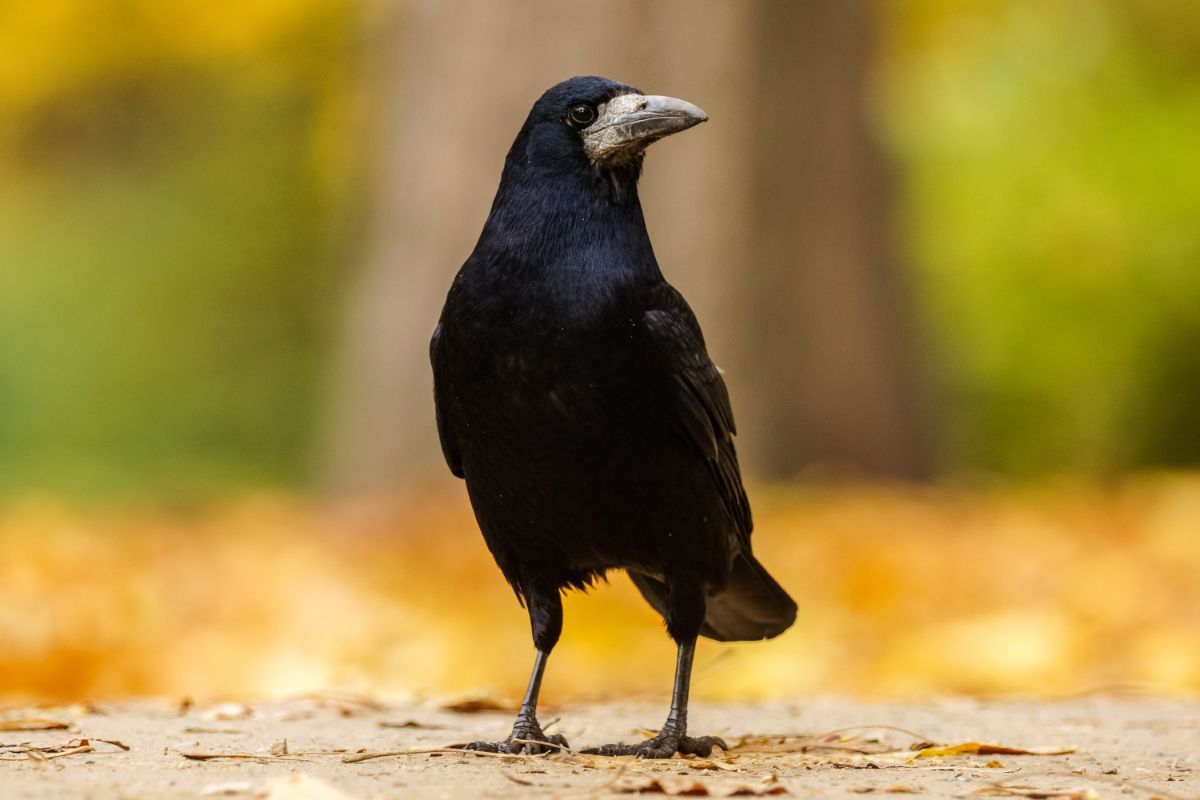
- Scientific Name: Corvus frugilegus
- Length: 45 – 47 cm
- Wingspan: 81– 99 cm (32 to 39 in)
- Weight: 340 – 530 g
- Lifespan: 15 – 20 years in the wild
- Family: Corvidae
Rooks are brilliant, based on several intelligence studies on those in captivity. Through teamwork, these birds can solve complex puzzles.
12. Western Scrub Jay
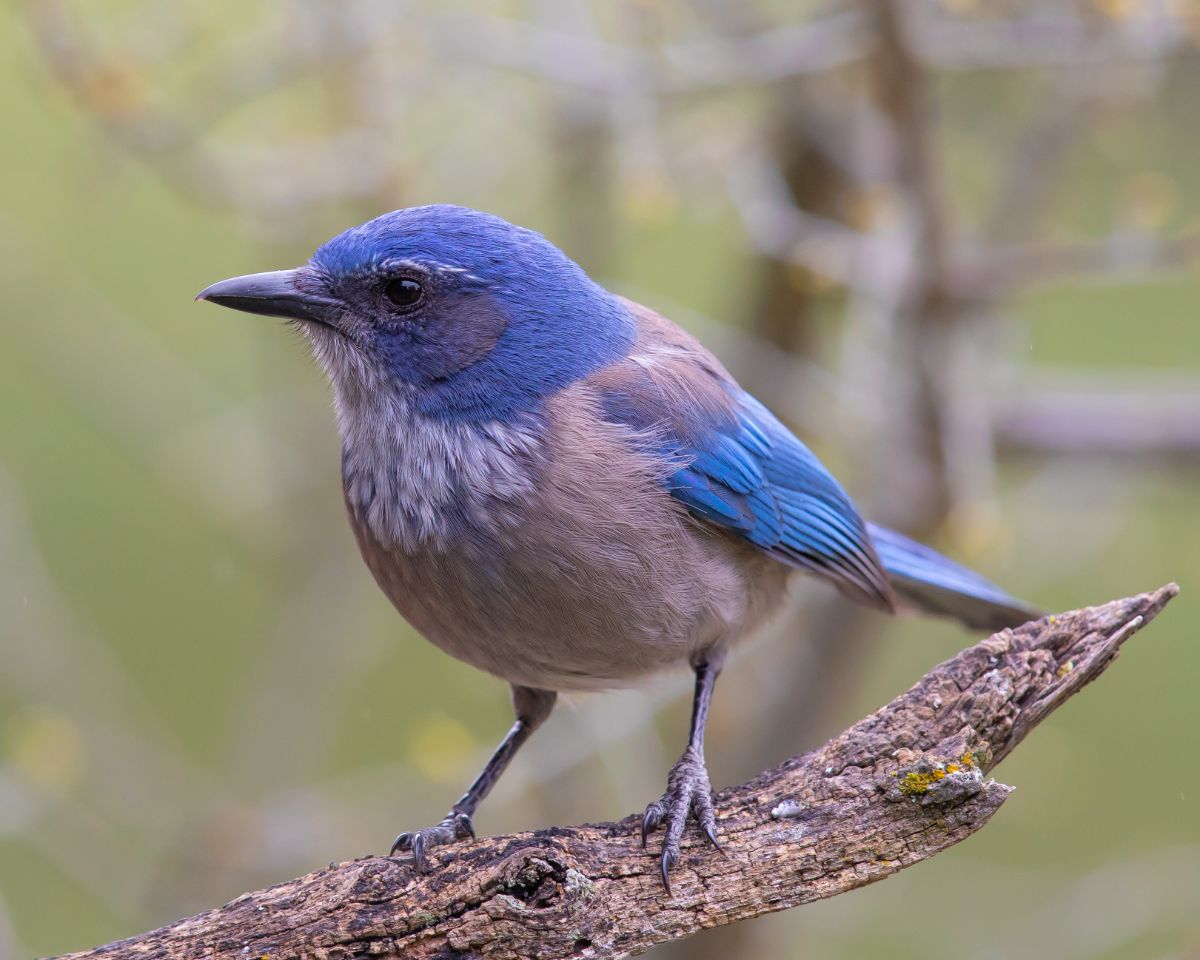
- Scientific Name: Aphelocoma californica
- Length: 11.5 inches (29 cm)
- Wingspan: over 15 inches (38 cm)
- Weight: 80 g (2.8 oz)
- Lifespan: 15 years
- Family: Corvidae
Most birds gather and store food in preparation for the winter season. But in most cases, their food gets stolen by other birds. How Western scrub jays ensure their food remains safe makes scientists consider them intelligent.
They’ll first monitor the surroundings to ensure no bird is watching before hiding their food. If they feel they’re being watched, western scrub jays will take the food elsewhere and even change the locations several times to fool other birds.
A video showing western scrub jay behavior:
13. Red-Billed Chough
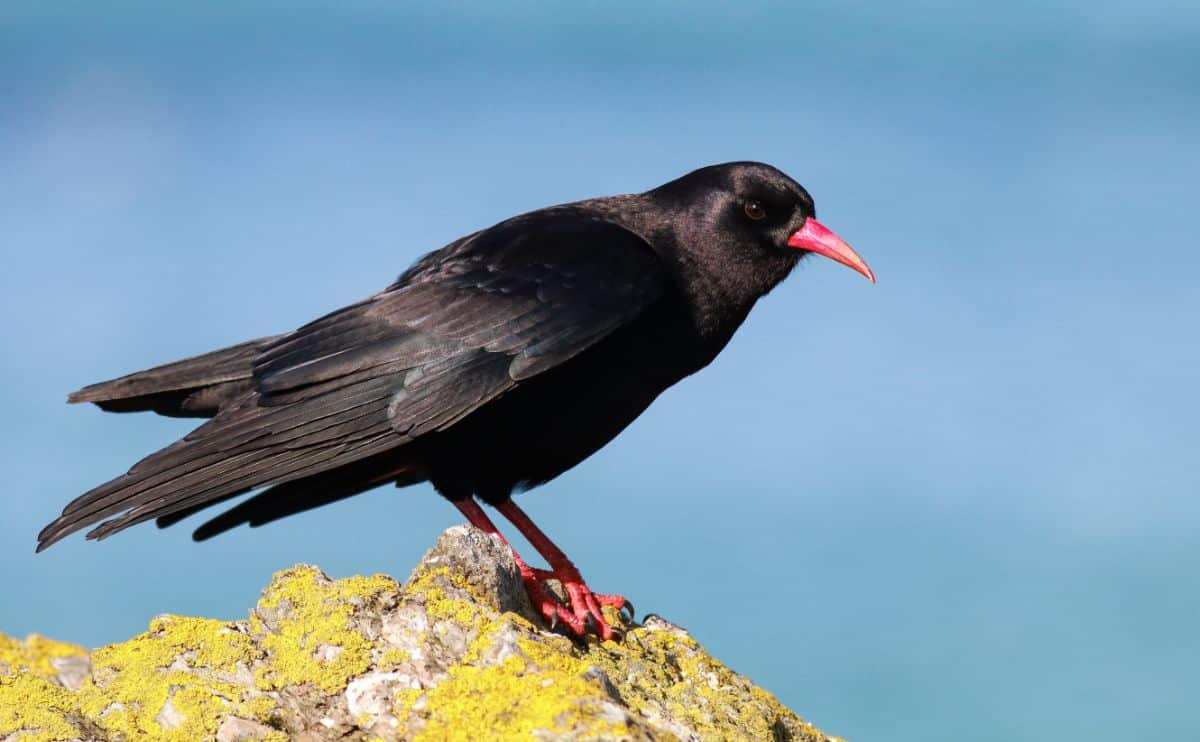
- Scientific Name: Pyrrhocorax pyrrhocorax
- Length: 39–40 cm
- Wingspan: 73–90 cm (29–35 in)
- Weight: 300 grams
- Lifespan: 5–10 years
- Family: Corvidae
Red-billed chough intelligence is based on their remarkable ways of using tools. A red-billed chough will use different tools to break open a mollusk shell. It will then use the broken mollusk shell to open another, feeding on its contents.
Chough foraging for insects in the ground:
14. Jackdaw
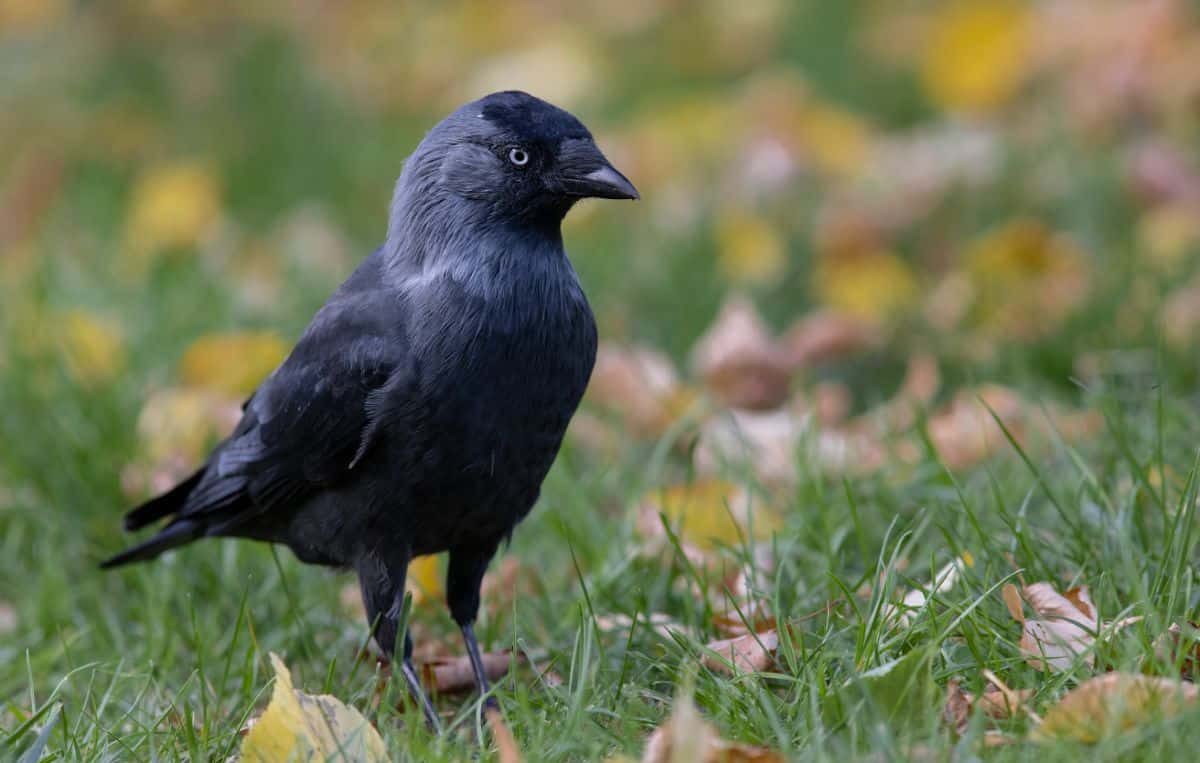
- Scientific Name: Corvus monedula
- Length: 34–39 cm (13–15 in)
- Wingspan: 27 inches
- Weight: 250 grams
- Lifespan: 5 years
- Family: Corvidae
Jackdaws possess similar intelligence levels as crows and ravens since they belong to the same family. These curious birds use tools to get food, learn and perform tricks, and understand human gestures.
Jackdaw tries to open a nut:
15. Magpie
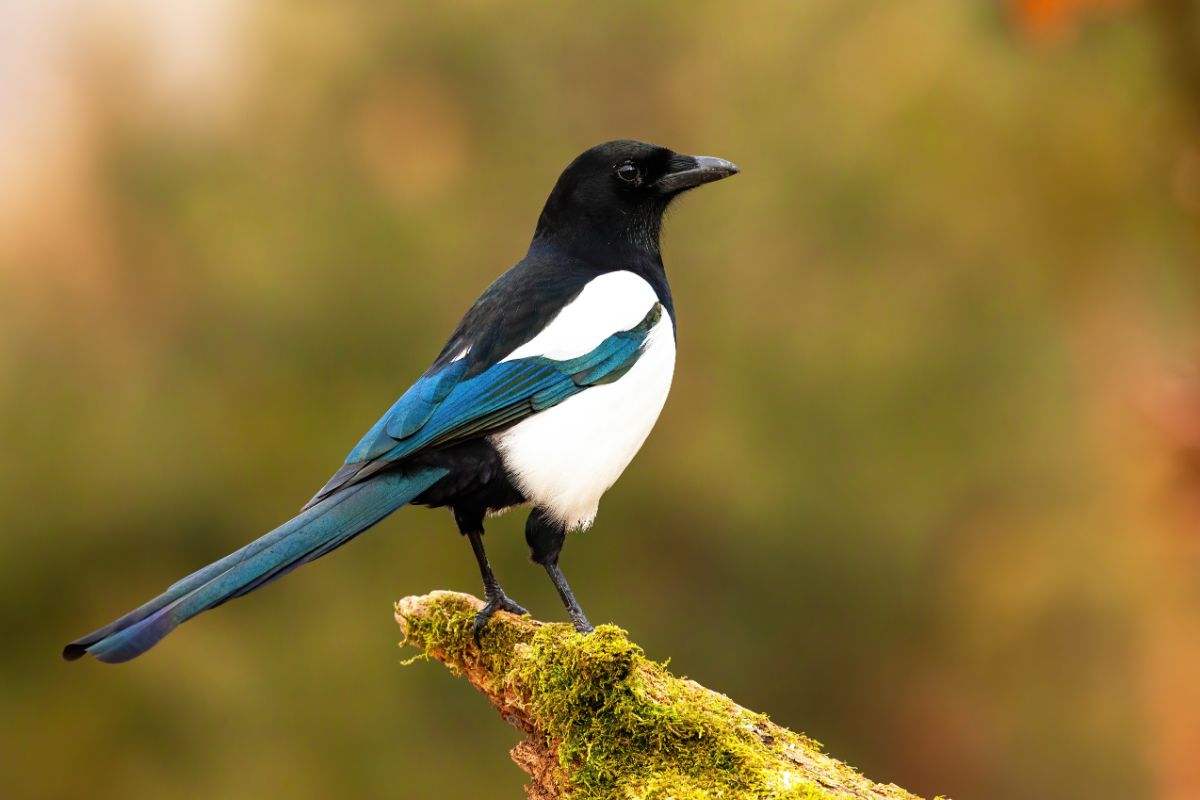
- Scientific Name: Pica pica
- Length: 44 – 46 cm
- Wingspan: 52 – 62 cm
- Weight: 210 – 270 g
- Lifespan: 3 years
- Family: Corvidae
Magpies are yet another brilliant bird in the Corvidae family. These birds are compassionate, can mimic human sounds, play hide-and-seek, team up, make and use tools for food, and recognize themselves in a mirror.
Like humans, they hold a funeral when one of them dies. Magpies will surround the body and cry while mourning the loss of one of them.
Magpies mourning:
16. Budgerigars
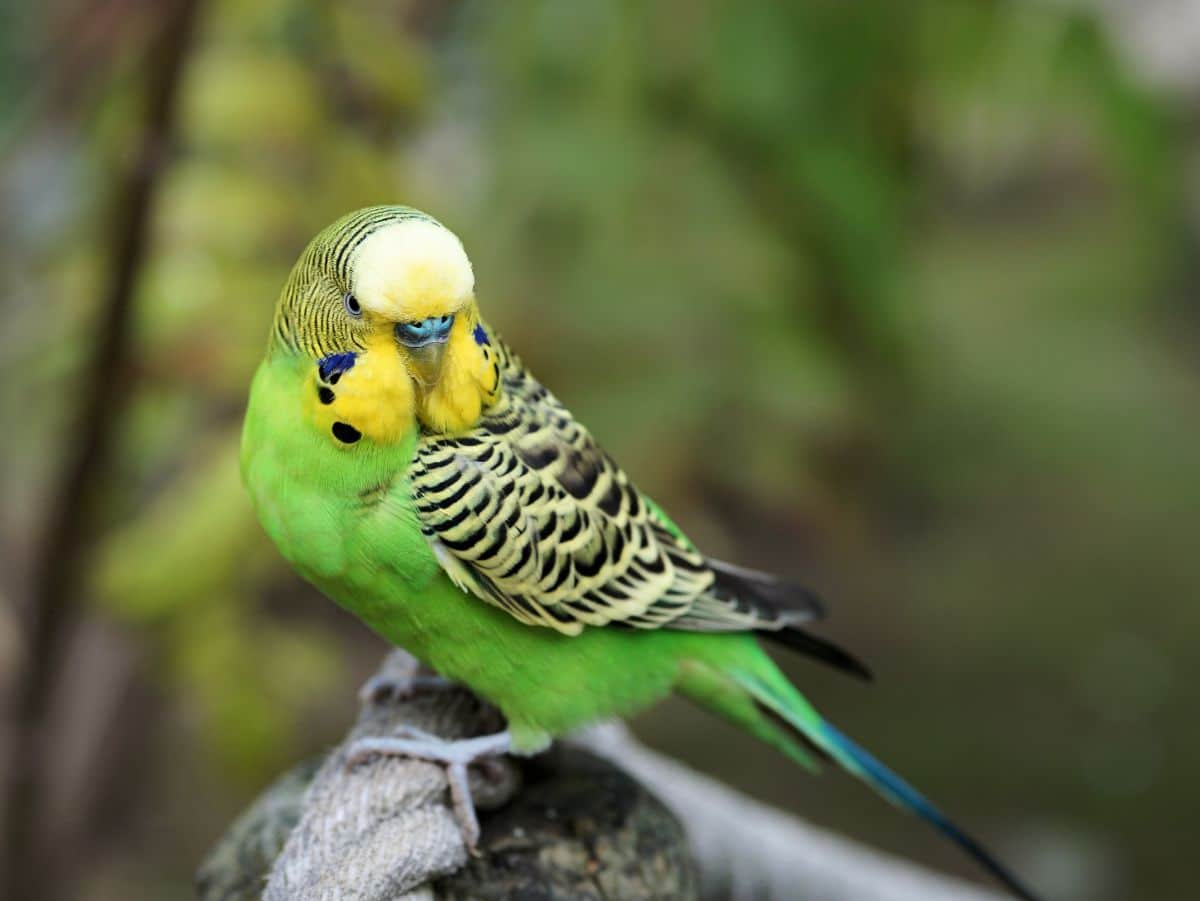
- Scientific Name: Melopsittacus undulatus
- Length: 18 cm
- Wingspan: 30 cm (12 in)
- Weight: 30 – 40 g
- Lifespan: 5 – 8 years
- Family: Psittaculidae
Also referred to as budgies or parakeets, Budgerigars are among the smallest parrots. They can talk and learn songs, tricks, and their names. Mostly kept as pets, they usually speak and understand their owners’ gestures and form strong emotional bonds. These parrots solve problems, especially when treats are involved.
A budgie talking its way through a puzzle:
17. Conures
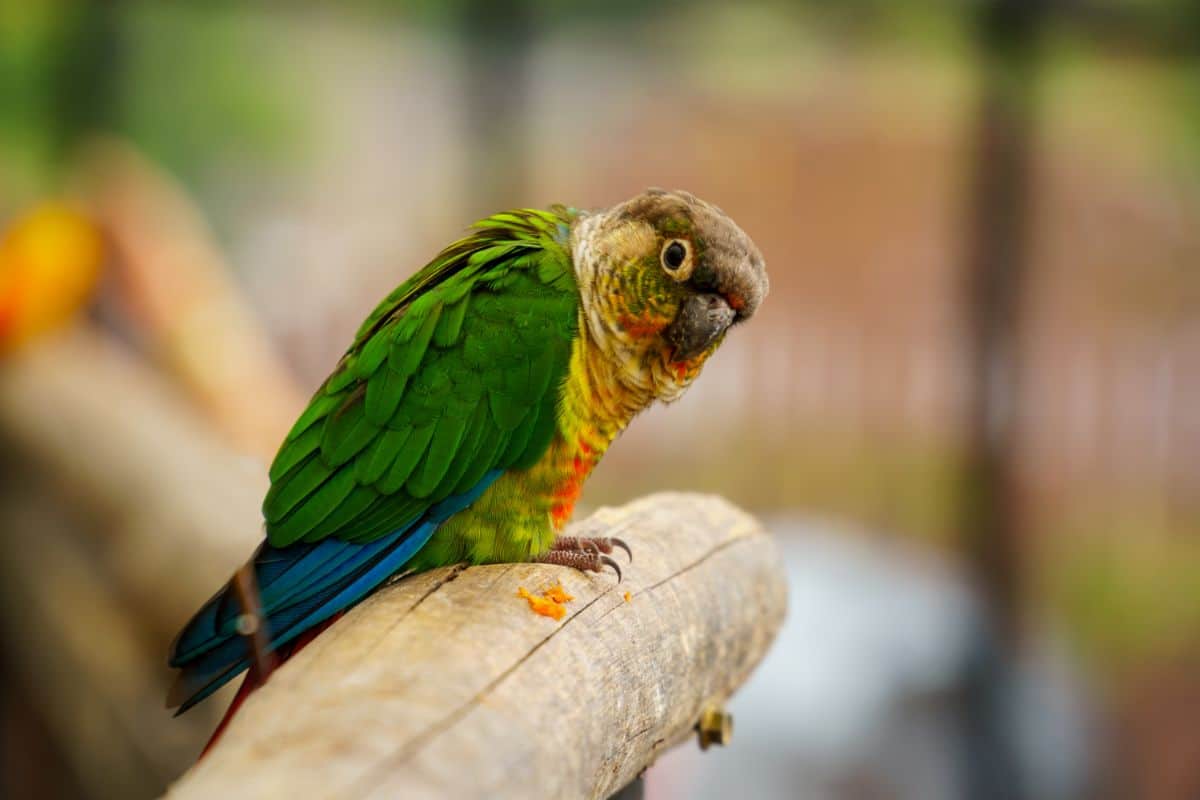
- Scientific Name: Pyrrhura molinae
- Length: 10.24 in
- Wingspan: 6–7 in
- Weight: 2.54 oz
- Lifespan: 10–20 years
- Family: Psittacidae
Conures are problem solvers, can mimic words, learn new tricks, and are pretty playful. However, they need constant supervision to avoid getting into trouble.
A green conure asks for help:
FAQ
Which is the least intelligent bird?
The turkey is the least intelligent bird. Other least intelligent birds include ostrich, kakapo, and emu.
Is the owl an intelligent bird?
Owls’ intelligence is below average compared to other intelligent birds like crows and ravens.
Which is the smartest parrot in the world?
The African grey parrot is the smartest parrot in the world.
Which bird has the highest IQ?
Birds with the highest IQ are parrots, followed by birds in the Corvidae family, such as crows, ravens, and jays.
Are ravens smarter than crows?
Both birds do well in solving complex puzzles, but crows can recognize human faces.
So, Which Birds are the Smartest?
Ravens and crows are the most intelligent. From making and using tools, learning tricks, and mimicking human sounds, these birds are adept at performing complex tasks.
